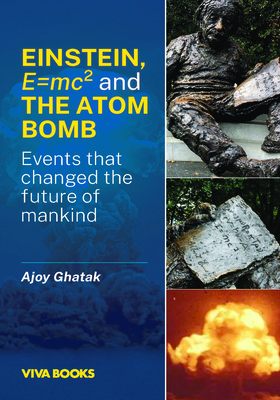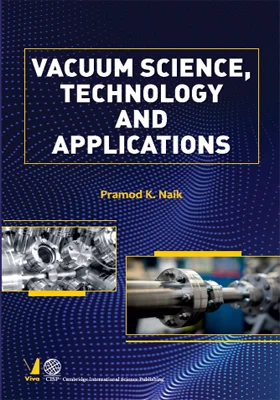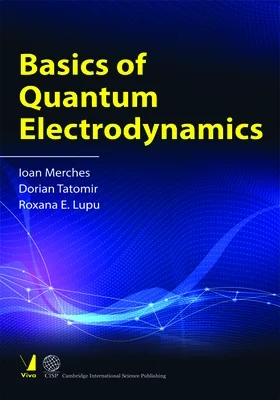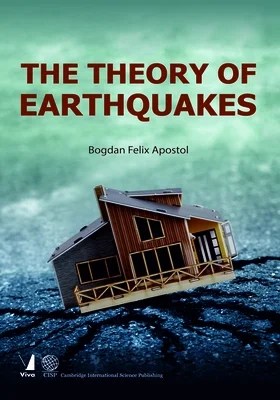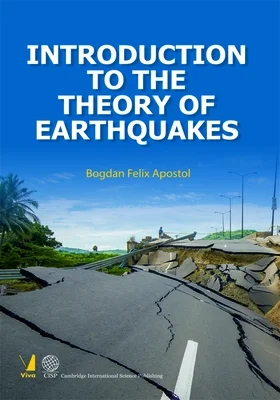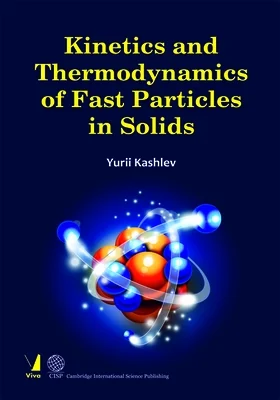Cubic Zirconia and Skull Melting
Cubic Zirconia and Skull Melting
₹1,705.50 ₹1,895.00 Save: ₹189.50 (10%)
Go to cartISBN: 9788130931449
Bind: Hardbound
Year: 2017
Pages: 360
Size: 153 x 229 mm
Publisher: Cambridge International Science Publishing
Published in India by: Viva Books
Exclusive Distributors: Viva Books
Sales Territory: India, Nepal, Pakistan, Bangladesh, Sri Lanka
Description:
A new method of production of high- temperature dielectric crystals, including cubic zirconia, glasses and melted ceramic materials, is discussed. The method is based on direct induction melting in a cold container. The physical fundamentals of the technology and equipment are described, and the possibilities and advantages of the new technology are indicated. The properties of the produced materials are discussed. Special attention is given to cubic zirconia crystals which cannot be produced by other methods.
Topics include:
- Basic properties of the superconducting state
- Superconducting materials
- Principles of superconductivity
- First group of superconductors: mechanism of superconductivity
- Third group of superconductors: mechanism of superconductivity
- Second group of superconductors: mechanism of superconductivity
- Cooper pairs at room temperature
- Phase coherence at room temperature
- Room-temperature superconductors
Target Audience:
People interested in physics.
Contents:
Physical fundamentals of melting in a cold crucible • Induction heating of materials • Paramaters of dire HF heating of the melt • Mechanism of melting of dielectrics by the high-frequency field
Production and maintenance of the melt in the cold crucible • Special features of heating matter in the cold crucible • Starting heating • Maintaining the melt in the stationary state • Distribution of temperature in the melt volume • Effect of porosity of the initial material on melting conditions
Main sections of equipment for direct radiofrequency melting in the cold crucible • Radiofrequency generators. Cold crucible • Methods and devices for controlling and regulating the temperature of the melt
Synthesis and crystallisation of refractory materials in the cold crucible • The cold crucible — efficient chemical reactor • Production of molten mullite • Polycrystalline electrically conducting chromites of yttrium and lanthanum
Growth of single crystals • Growing corundum, ruby and other crystals, using a seed (the Czochralski method) • Directional solidification of the melt in a cold crucible • Modification of the process of crystallisation in the cold crucible
Production of refractory and special purity glasses • Elements of glass production technology • Optical homogeneity of glass • Refractory glasses of the R2O3–A12O3-SiO2 system (R=Sc, Y, La, Nd, Er)
A family of crystals — fianites • Polymorphism and the structure of phases of pure zirconia • Phase diagram of the system ZrO2–R2O3 (where R—Y, Eu, Gd, Yb) • Production of fianites • Crystal chemistry of the cubic phase of solid solutions based on zirconia • Defects in the structure of fianite crystals • Mechanisms of formation of defects in fianites • Mechanical stresses and thermal annealing of fianites • Physicochemical and mechanical properties of fianites • Optical and spectroscopic properties of fianites • Electrophysical, acoustic, elastic and photoelastic properties of fianites • Jewellery qualities of the fianites
Partially stabilised zirconia (PSZ) crystals • Phase transformations in crystals of partially stabilised zirconia • The phase composition of the crystals of partially stabilised zirconia • Production of crystals of partially stabilised zirconia • The domain structure of crystals of partially stabilised zirconia • The microstructure of partially stabilised zirconia crystals • The mechanical properties of crystals of partially stabilised zirconia • The strength characteristics of crystals of partially stabilised zirconia • Current views regarding the mechanism of hardening of crystals of partially stabilised zirconia • Most promising areas of application of crystals of partially stabilised zirconia • C—OX crystals • Production of C—OX crystals • The spectroscopic properties of C—OX crystals • Effect of annealing on the valence state of cobalt in the ZrO2–Y2O3 crystals • Using C—OX crystals in jewellery industry • Conclusion
About the Author:
Prof. Yuri Sergeevich Kuz?minovis a Corresponding Member of the Engineering Academy of Sciences of the Russian Federation and the Principal Research Associate of the General Physics Institute of the Russian Academy of Sciences. He specialises in the field of nonlinear optical crystals for laser radiation control.
Elena E. Lomonova is the Head of the Laboratory at the General Physics Institute, Russian Academy of Sciences, Moscow. Her scientific interests are in the field of technology and investigations of refractory oxide crystals.
Academician Vyacheslav V. Osikois the Director of the Laser Materials and Technology Research Center of the General Physics Institute, Russian Academy of Sciences, Moscow. His scientific interests are in the field of solid-state physics and technology of materials for photonics.

